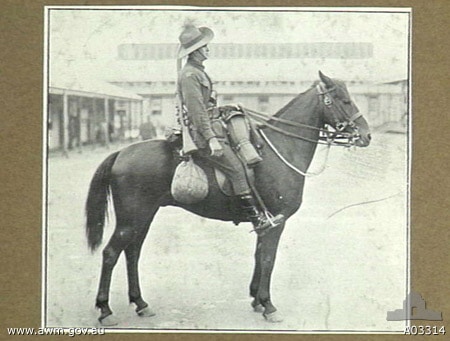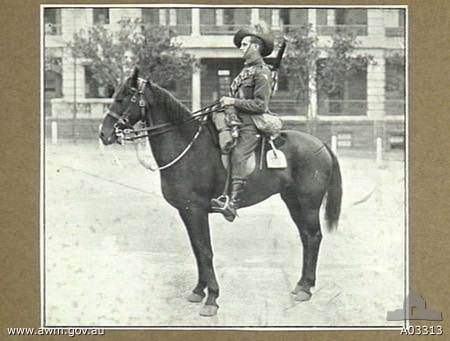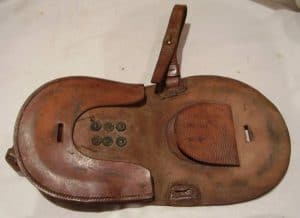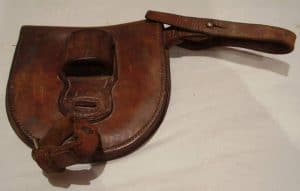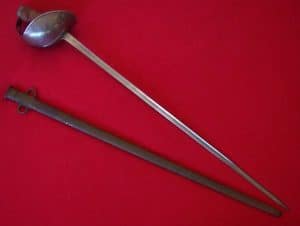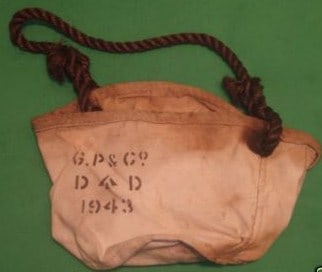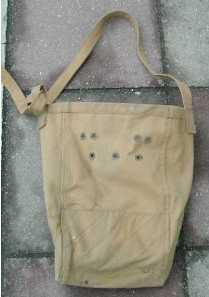|
Military re-enactors tend to debate at length the detail of the neck rope and neck chains. Neck chains (see below)  are popular with some groups’ for ceremonial parades. Draught horses had neck chains, also some remount troops, with their use recorded during WW1 as the horses were eating the hemp rope. are popular with some groups’ for ceremonial parades. Draught horses had neck chains, also some remount troops, with their use recorded during WW1 as the horses were eating the hemp rope.
The standard Household Cavalry neck chain is finer and longer than the standard military neck chain. However there is very little evidence to support the authorized use of neck chains, although some Commanding Officers may have included variations in Unit Standing Orders.
Some references are:
Handbook for Military Artificers 1877, Section 4
Head Collar ropes – *1.5″ (38.10mm) white cotton rope 10′ (3m) long (no ring mentioned) instead of chain.
1/1/1910 Military Board (Australia)
Light Horse for the Drill Training and exercise of the Light Horse Regiments Sect 102.
Head Rope – Should be fastened on the lower ring of the jowl piece, or when bridles are without a jowl, the ring provided. Passed around the near side of the neck, and fastened on to the standing part of the rope with a coil of turns of which the top end should be 6″ (152mm) – 8″ (203mm) from the horses’ jowl. This should be worn fairly tight and not hanging loosely about the shoulder.
Handbook for Military Artificers 1915 Section IV
Rope head, cotton with buckle and billet (officers only) not to be used for picketing Rope head, hemp – 10′ (3m) long *1.25″ (32mm) with ring.
Manual of Horsemastership, Equitation and Animal Transport. 1937
The head rope should be fitted by passing the end through the bottom ring of the jowl piece from the off side, then through the ring of the head rope and over the horse’s neck from the near side The head rope is then secured by four complete coils and two half coils, and adjusted so that the front of the coil is a span of the hand from the bottom ring of the jowl piece.
Head / Neck rope recommended for the ALHA
Hemp rope 10′ (3m) long, .5″ (12.7mm) diameter with 1.5″ (38.10mm) ring on end. The knot is four complete turns and two half turns and the tail should point towards the ground. The knot is spaced one hand span approximately 230mm from the bottom ring of the jowl piece.
Ceremonial the same as above however white cotton rope 11mm diameter.
* Circumference |
